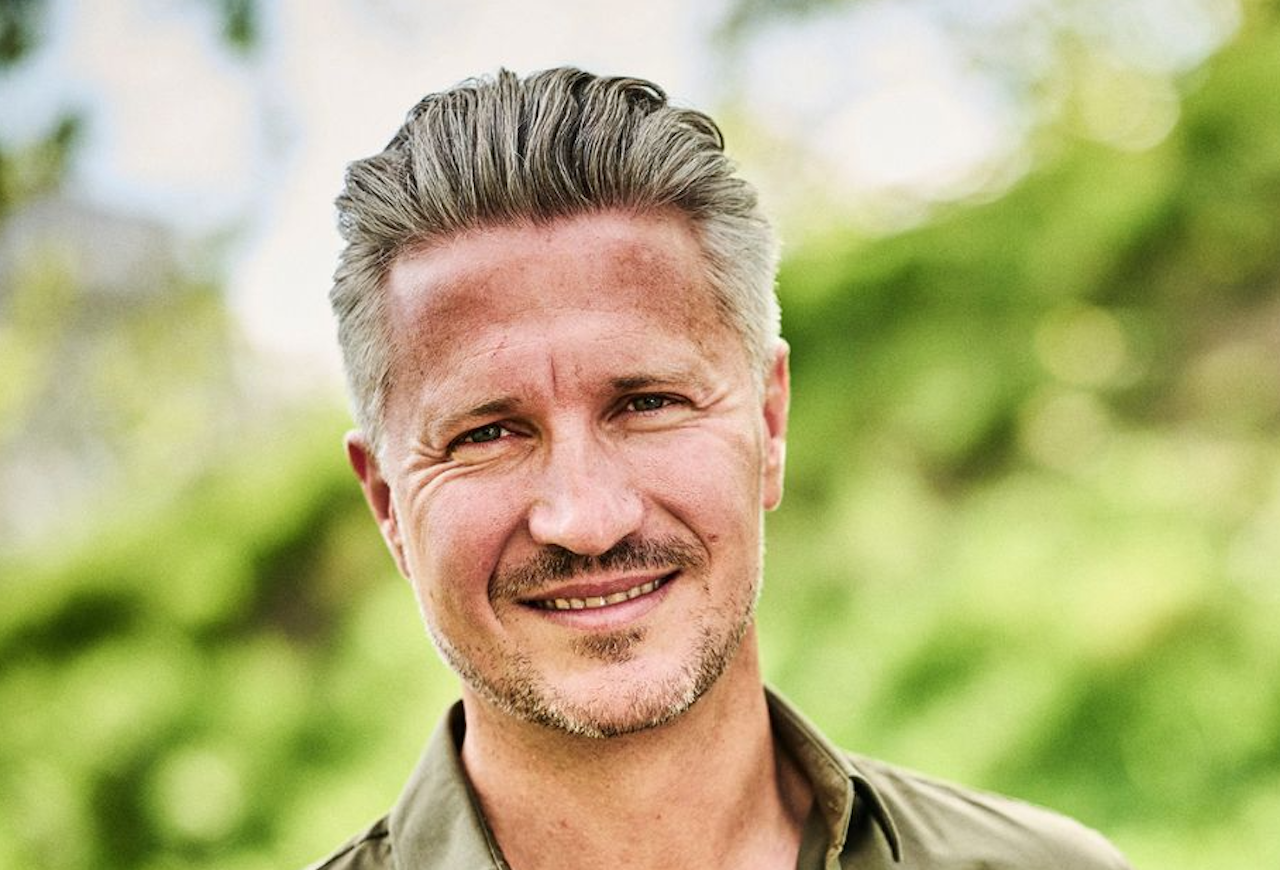The Meaningful Impact High Yield fund is the first high yield impact fund to launch in the Nordics and has raised €48.5m at first close, according to Norselab

Norselab, the Norwegian impact investment platform, has launched its first actively managed high yield fund.
Following the announcement of the future launch of the Meaningful Structured Equity fund last month, the Meaningful Impact High Yield fund is the fourth in Norselab’s range of investment vehicles using the UN SDGs as a guiding framework, only considering companies for investment with the potential to drive radical change in global industries to meet the SDGs.
The fund, which has already raised more than NOK 500m (€48.5m) in its first close, has attracted investments from several foundations, including the Gjensidigestiftelsen foundation, pension funds and family offices.
Structured as an alternative investment fund (AIF), the fund will pool invested capital from professional and institutional investors with the same long-term investment horizon and invest predominantly in Nordic high-yield bonds from 40-60 companies with a target average yield of just over 11%.
With a fundraising target of NOK 2bn (€193.9m) by the end of 2023, Norselab explained that the fund’s AIF structure would allow its fund managers to maintain a consistent investment strategy up to NOK 10bn (€969.5m).
The Article 9 fund is managed by managing director of credit Tom Hestnes and senior portfolio manager for credit Ole-Einar Stokstad and is being touted as the first ever high yield fund in the Nordics to be dedicated to impact.
Driving impact across asset classes
Speaking to Impact Investor, Maria de Perlinghi, partner and chief impact and communications officer at Norselab, explained that the company was aiming to launch a portfolio of impact funds across different asset classes and that it had hired Hestnes to lead the development of a series of impact-focused credit funds.
“Our ambition is to set up a series of impact funds across different asset classes,” she said. “Our fund platform, the resources we make available to all our funds and the very efficient processes we have in place for launching new funds, mean we can move at high-speed once we’ve decided to set up a new initiative.”
The company said it planned further impact fund launches in 2023, including a new credit initiative.
Bringing the G in ESG to impact
Hestnes joined Norselab in August from asset manager Alfred Berg and is known in the industry for his engagement work with companies to improve corporate governance practices, particularly in ensuring fair treatment across the capital structure and for pushing for high levels of corporate governance in restructurings.
Speaking to Impact Investor, he explained that a big part of his motivation for joining Norselab was to bring his activist experience in corporate governance to the impact credit space.
“I am new to impact but have been an activist credit investor for many years, pushing for change across the whole Nordic credit market by helping to drive unity across the bond holder community and taking the lead in discussions and negotiations with companies issuing bonds in the high yield space. I want to bring that experience to Norselab and expand it to impact,” he said.
Impact in credit
Hestnes said sustainability was high on the agenda for funds across different asset classes and de Perlinghi added that interest from investors was growing in Article 9 funds in particular. She pointed to research from Refinitiv Lipper, which shows that in the nine months to the end of September, mutual and exchange funds classified as Article 9 products under the EU’s Sustainable Finance Disclosure Regulation, had net inflows of €32.8bn, while Article 8 products had outflows of €173.1bn.
“There is a very high interest in Article 9 products and the recent research is testament to market sentiment in favour of impact. For institutional investors, Article 9 also provides assurances that you really have robust processes and methodologies in place, which is why I think we’ve had so much interest in this fund,” she said.
But despite the interest in Article 9, de Perlinghi said the universe of credit focused impact funds remained proportionately small which she attributed to the relative difficultly in reporting on and proving impact in credit compared to venture capital.
“With impact you have to prove intentionality and additionality, understand the sustainability challenge the company is addressing and have the metrics to prove it. This becomes more of a challenge in credit because you have so much more volume and investment decisions need to be taken quickly,” she said.
To overcome this challenge and avoid bottlenecks for the credit team, de Perlinghi said her own team reviewed the high yield universe and signed off on the companies that could be considered for investment in advance.
“We’ve created initial impact coverage of the Nordic high yield universe and have signed off on the types of issues that Tom’s team can invest in. We will then monitor and update our recommendations over time but the way we assess companies, using our Meaningfulness philosophy and our fundamental multi-lens approach, is valid across all our funds regardless of the asset class,” she added.






